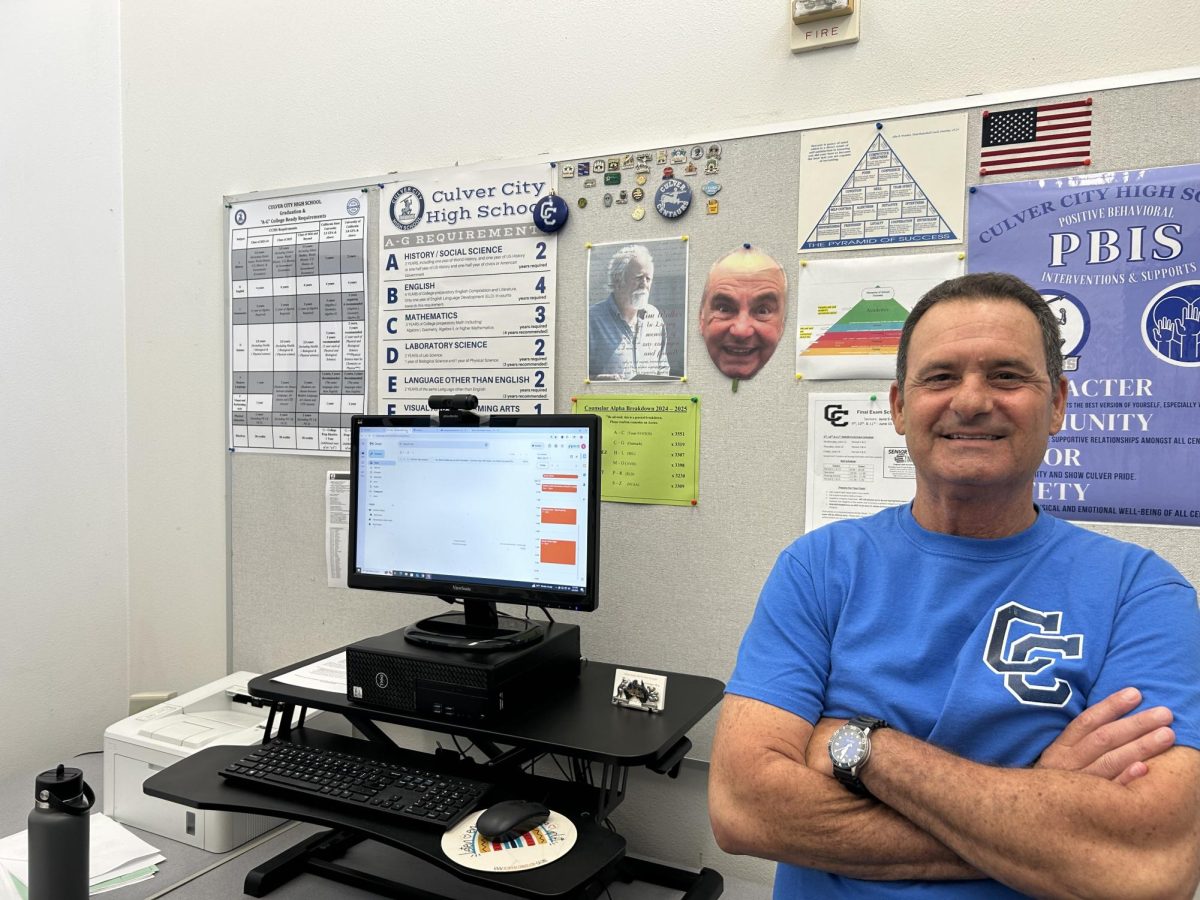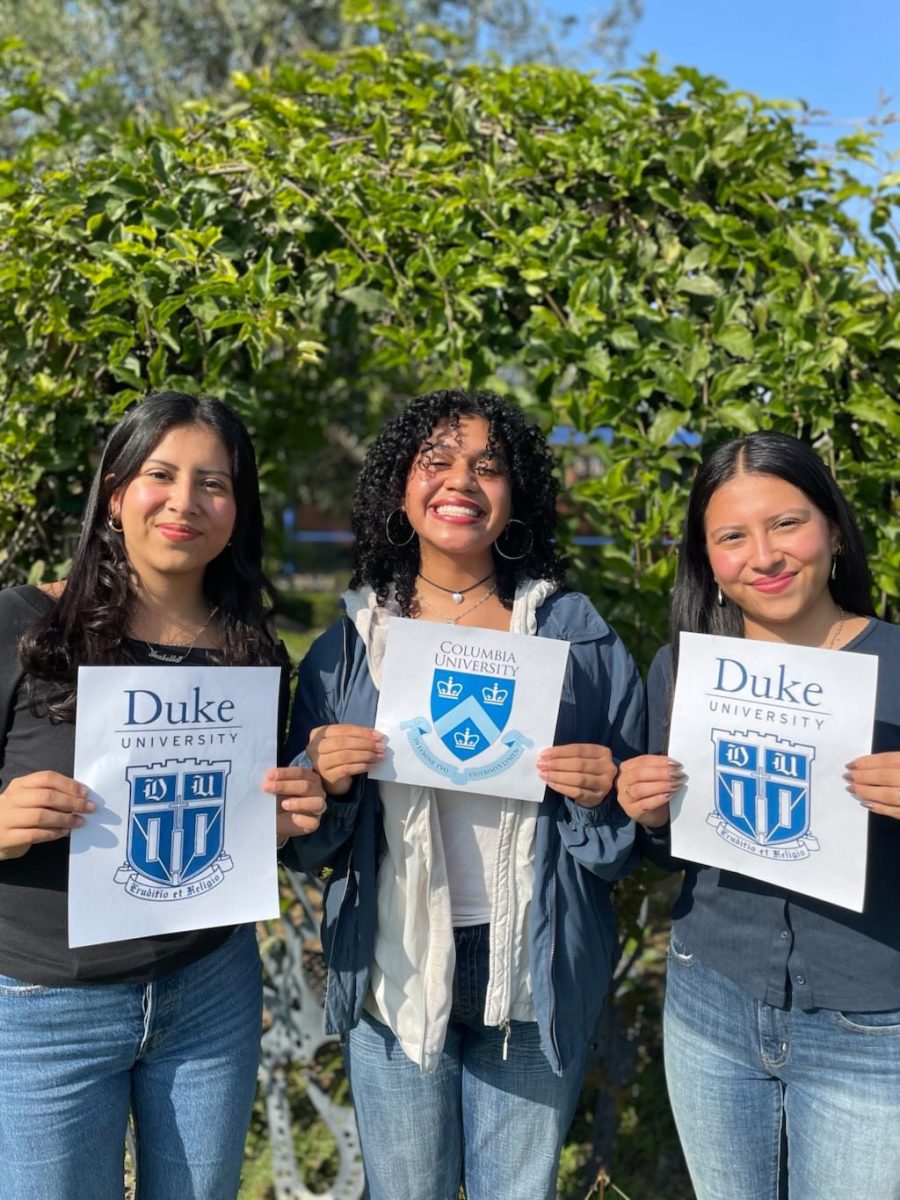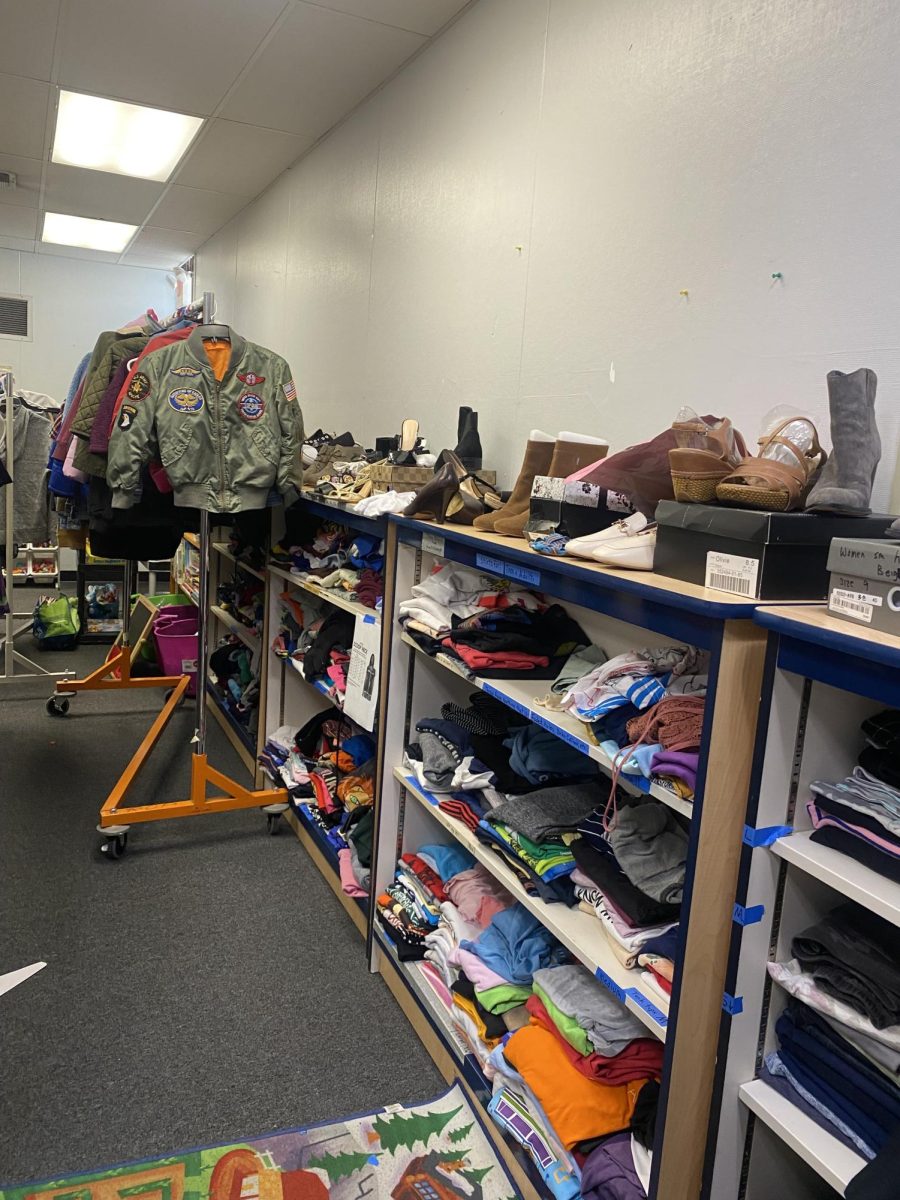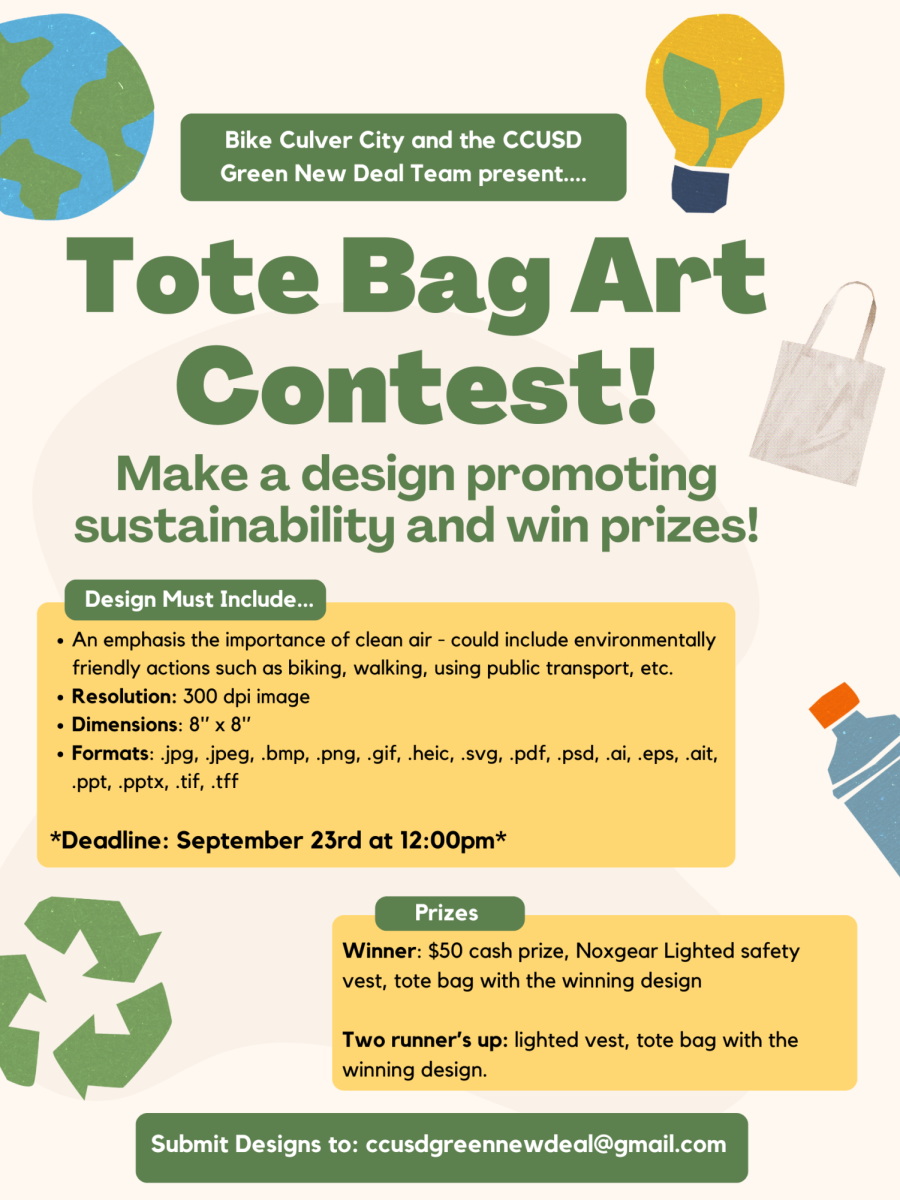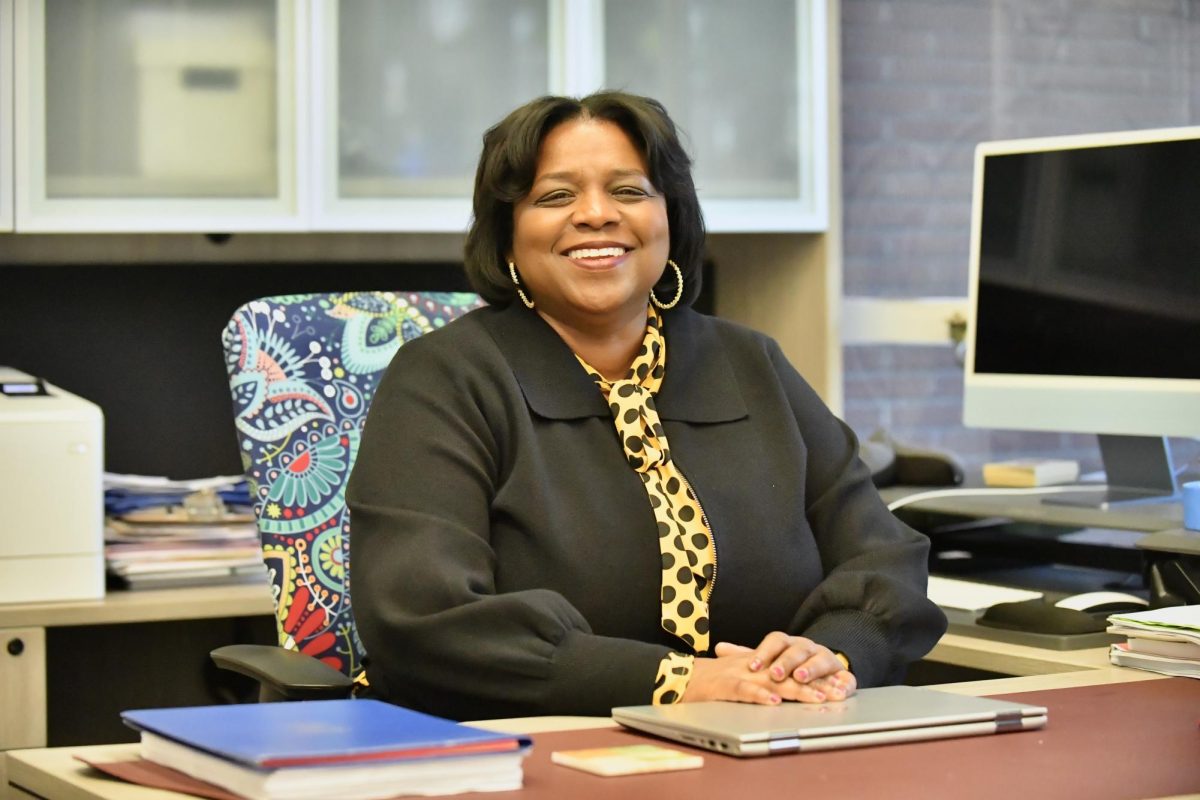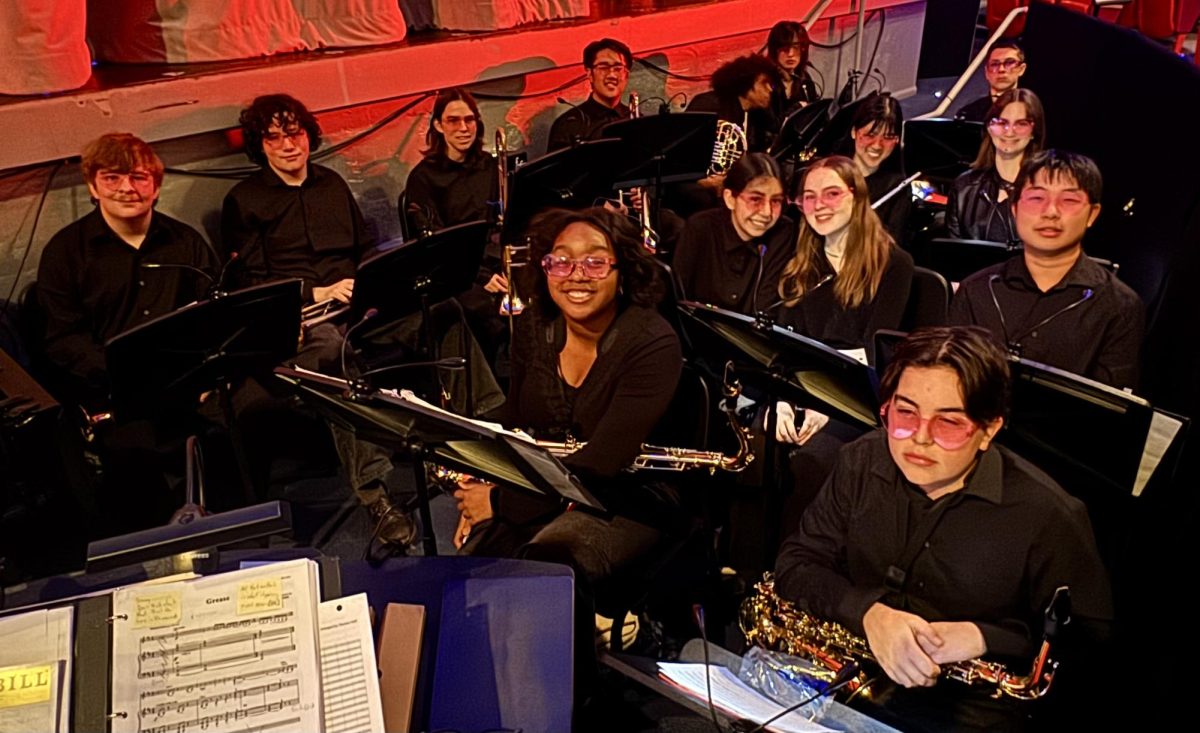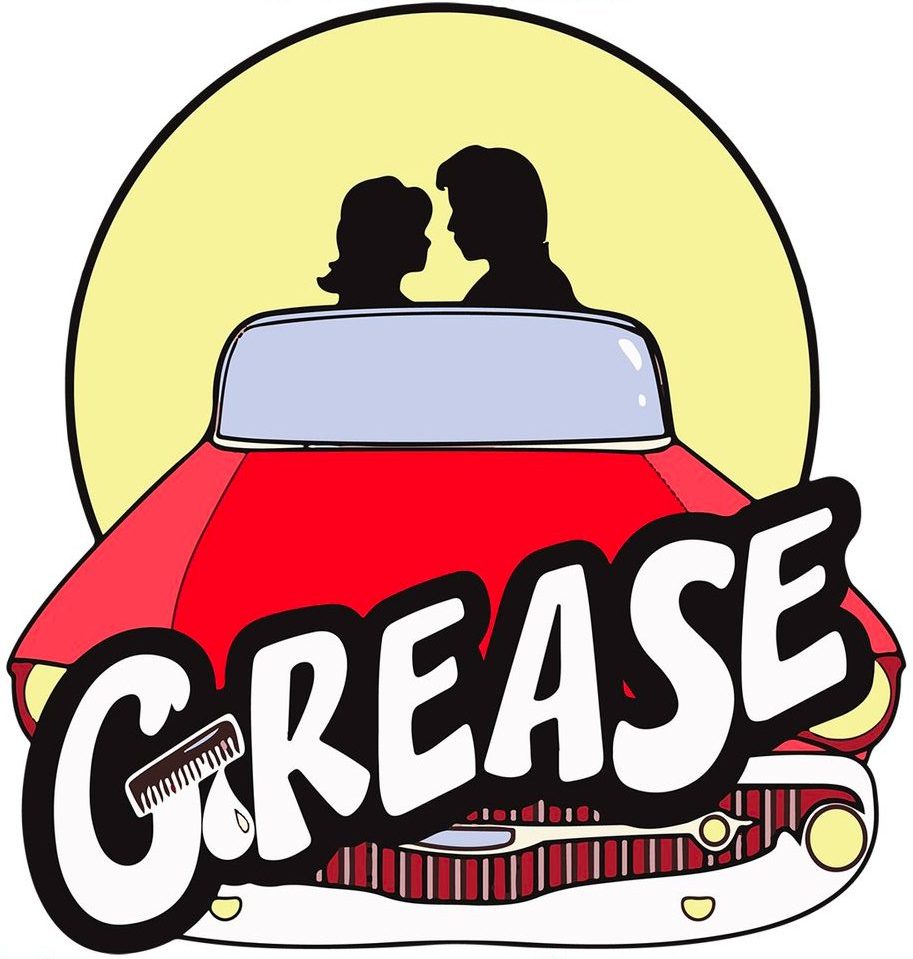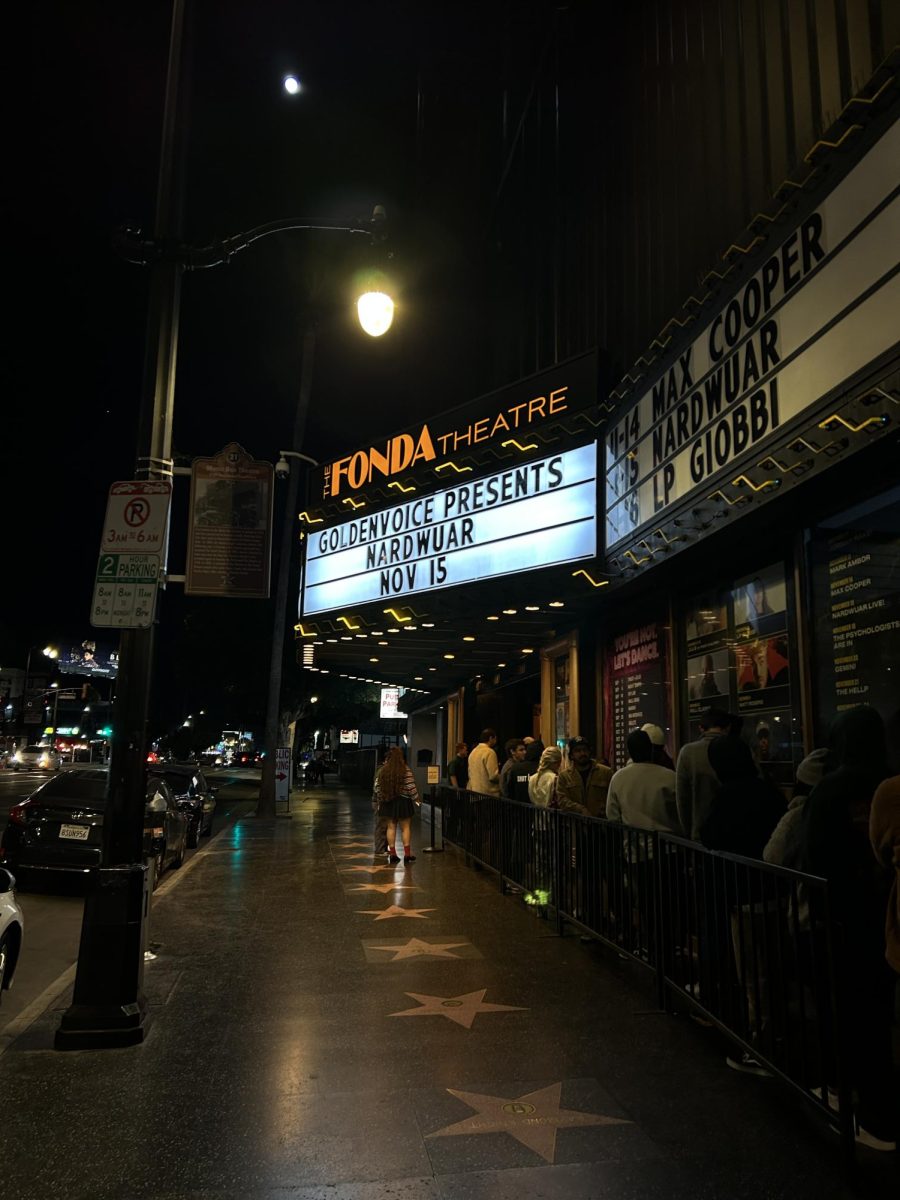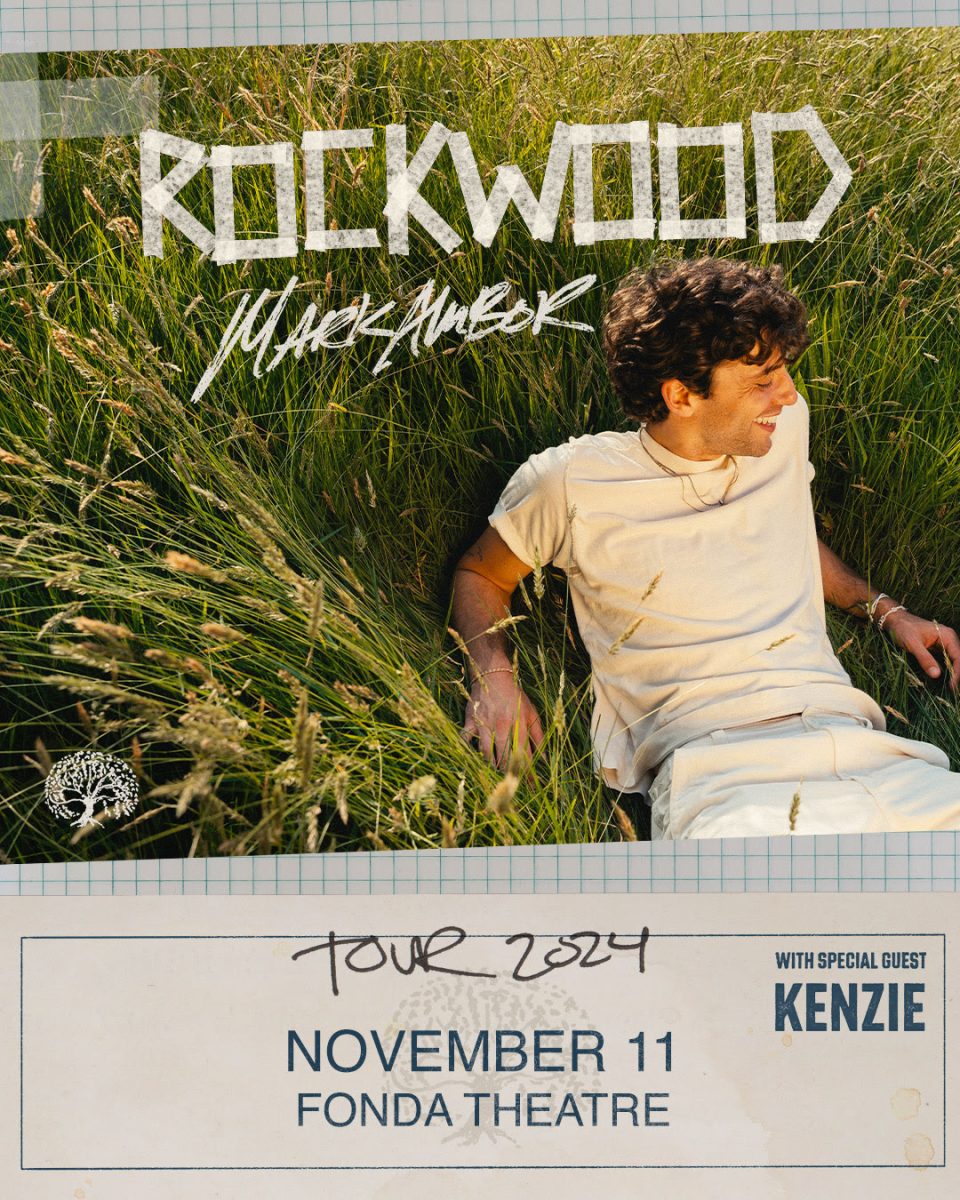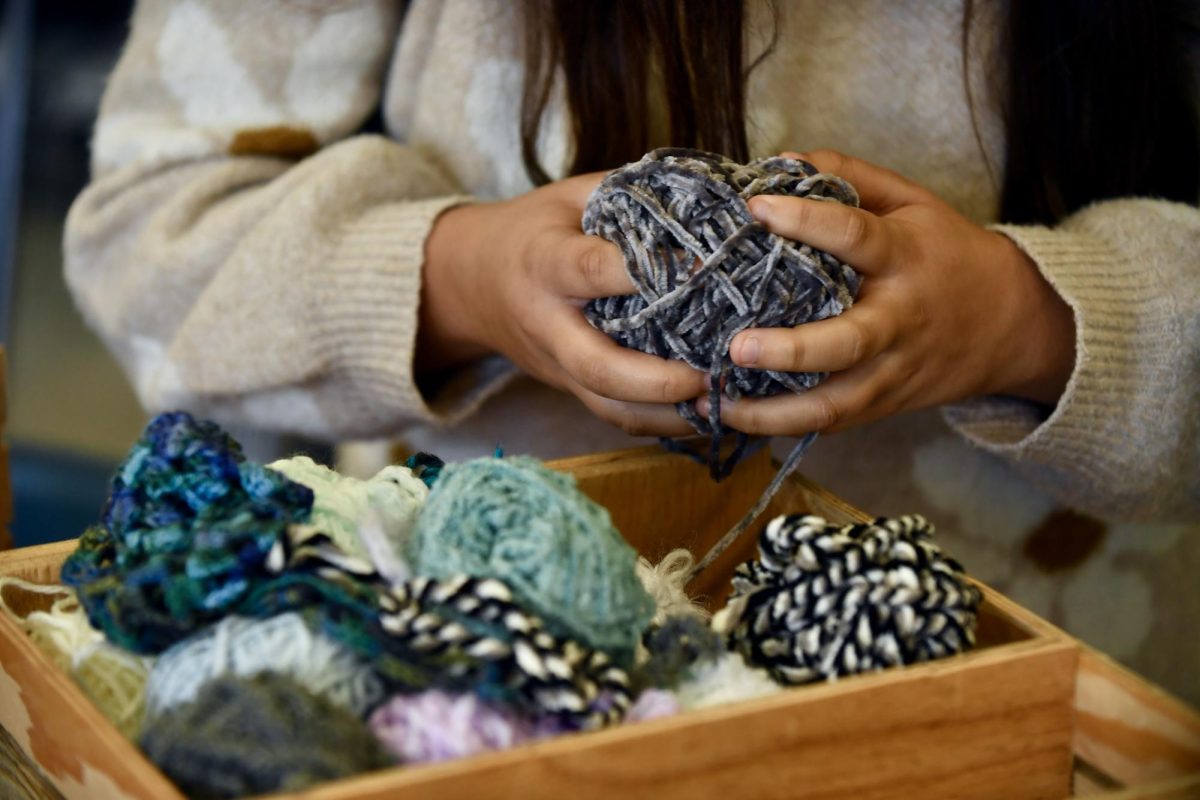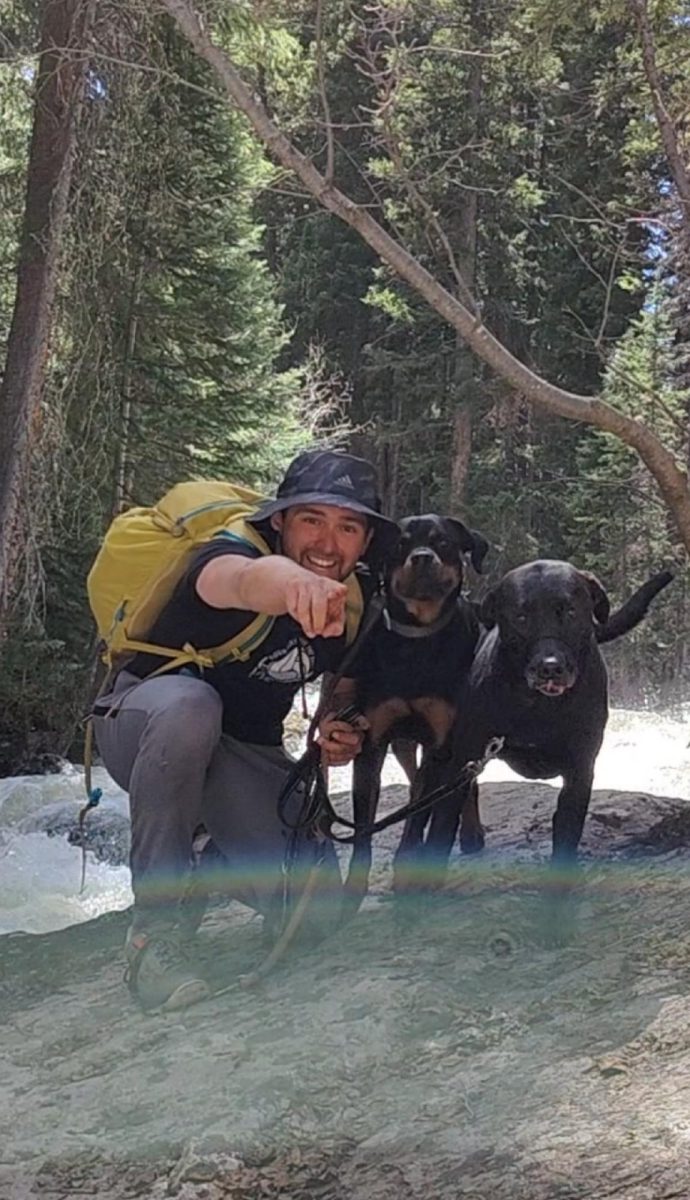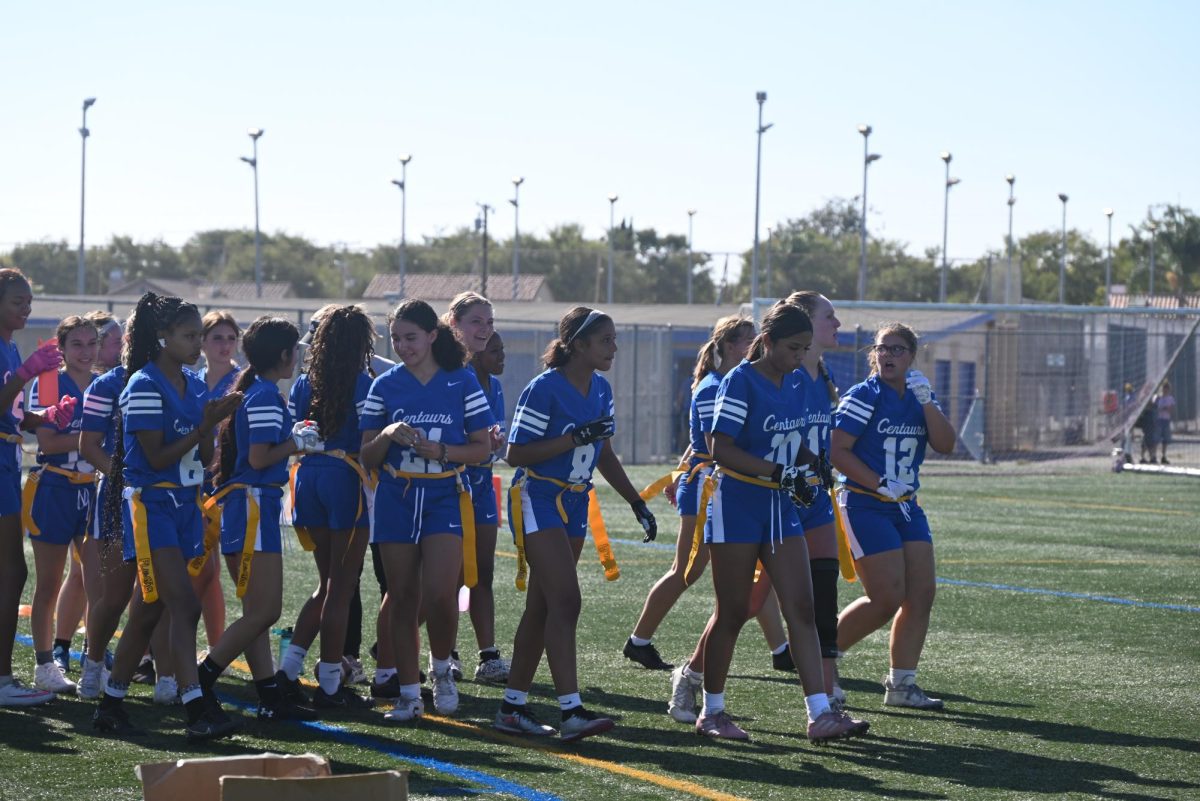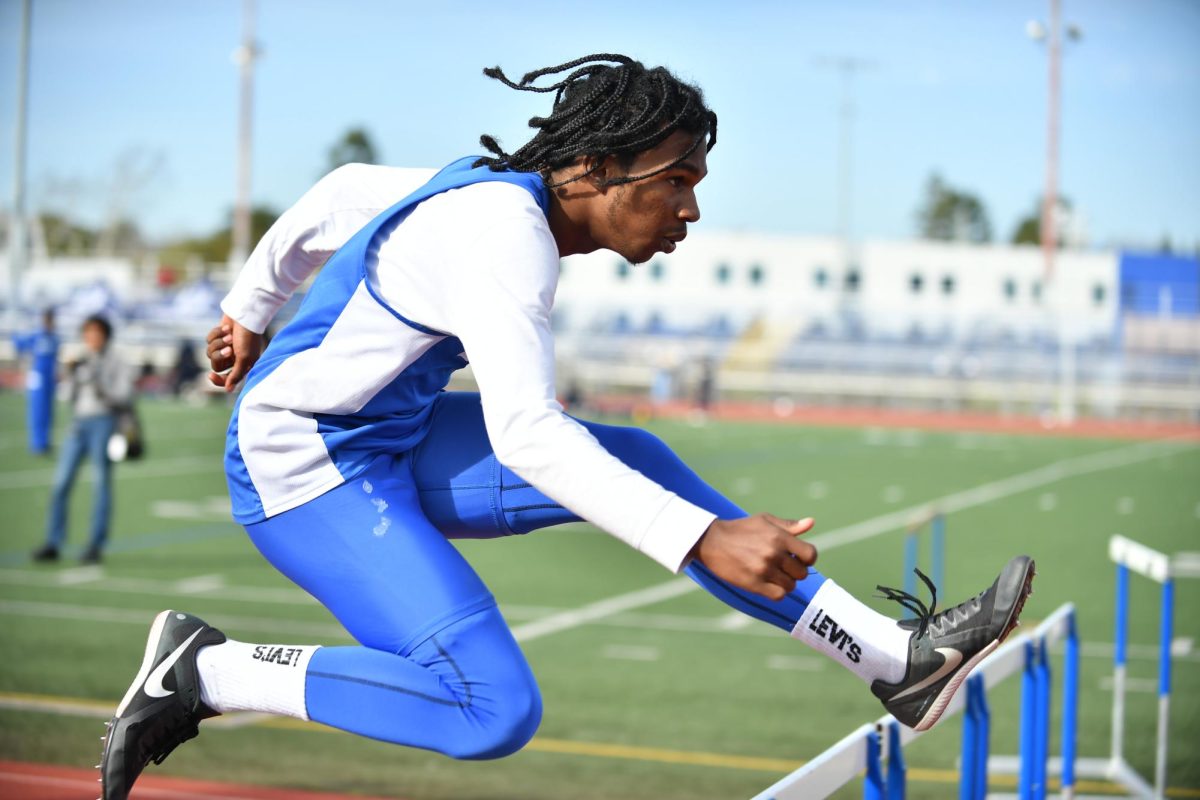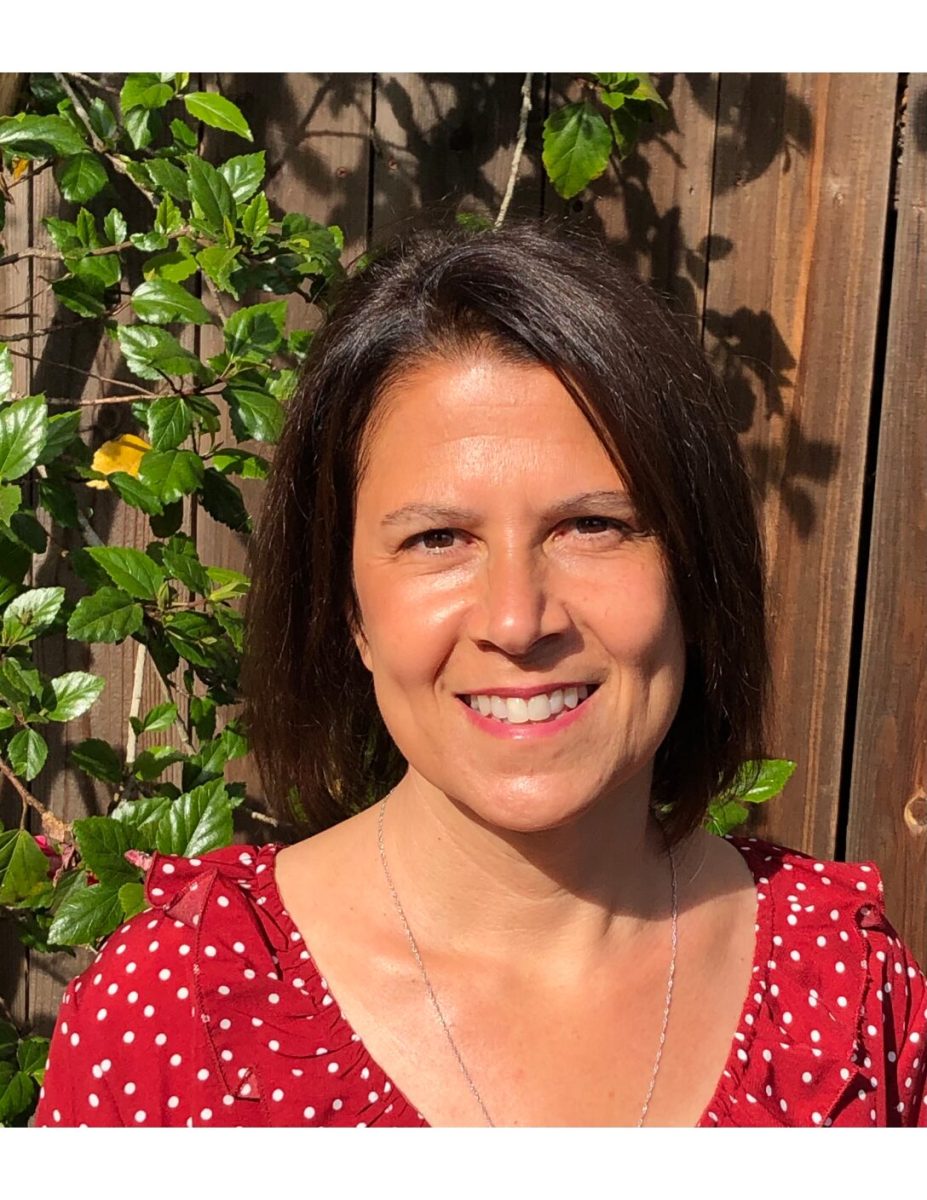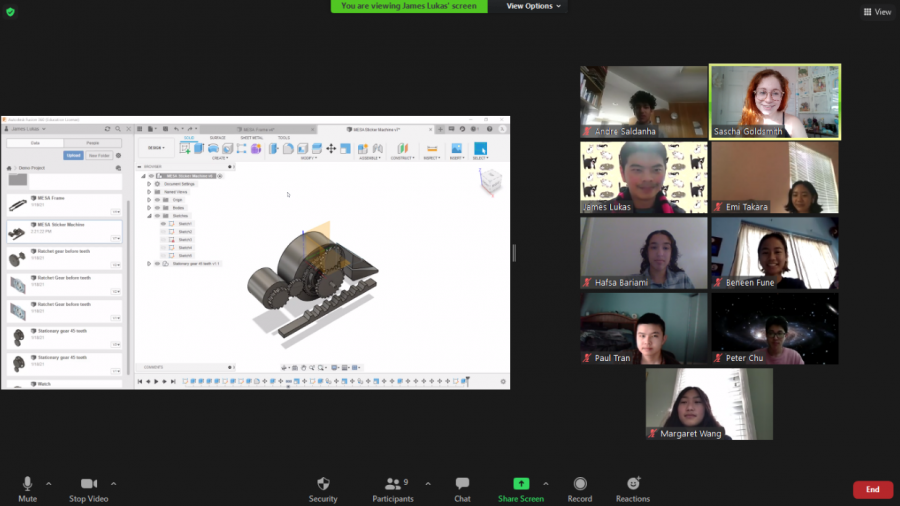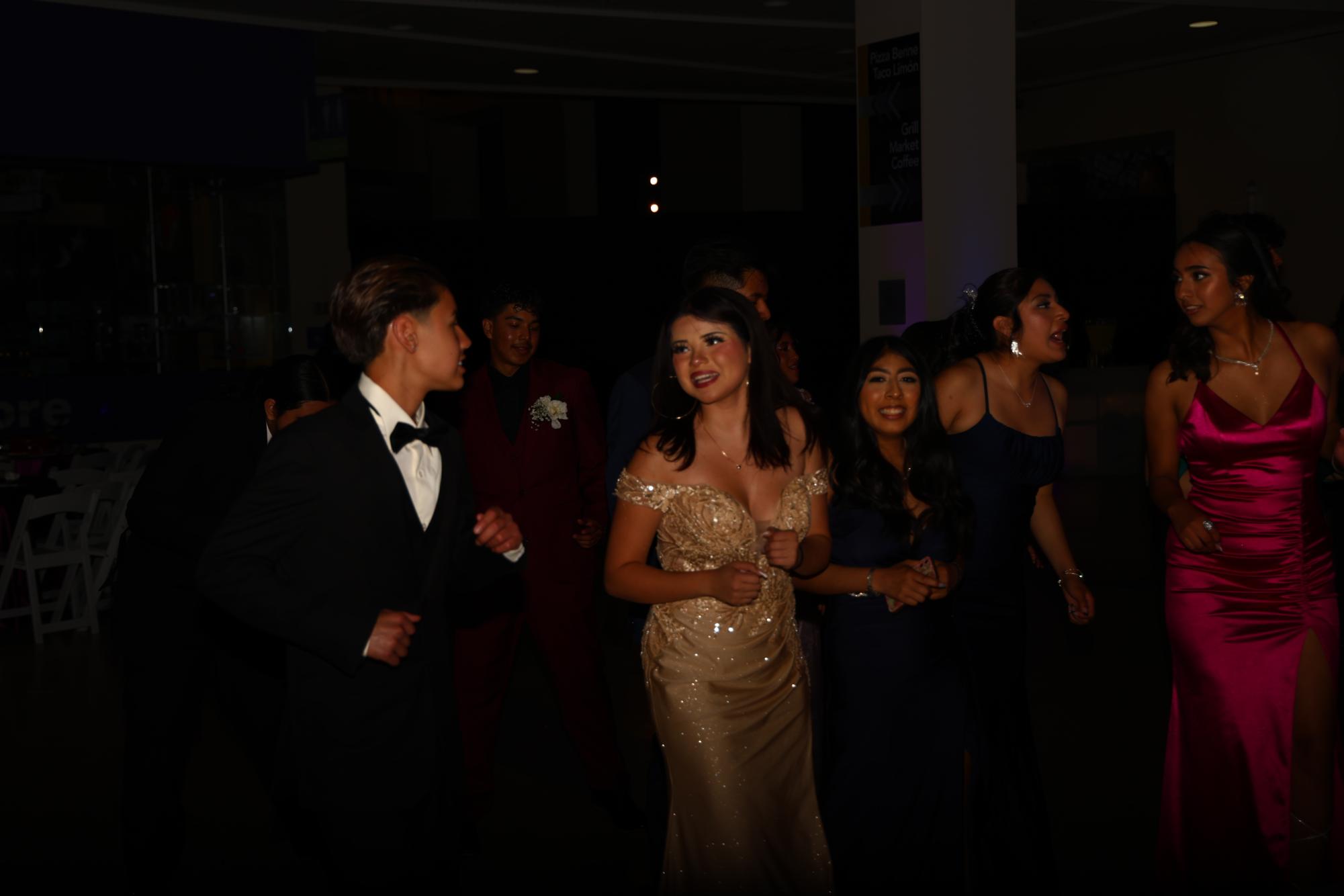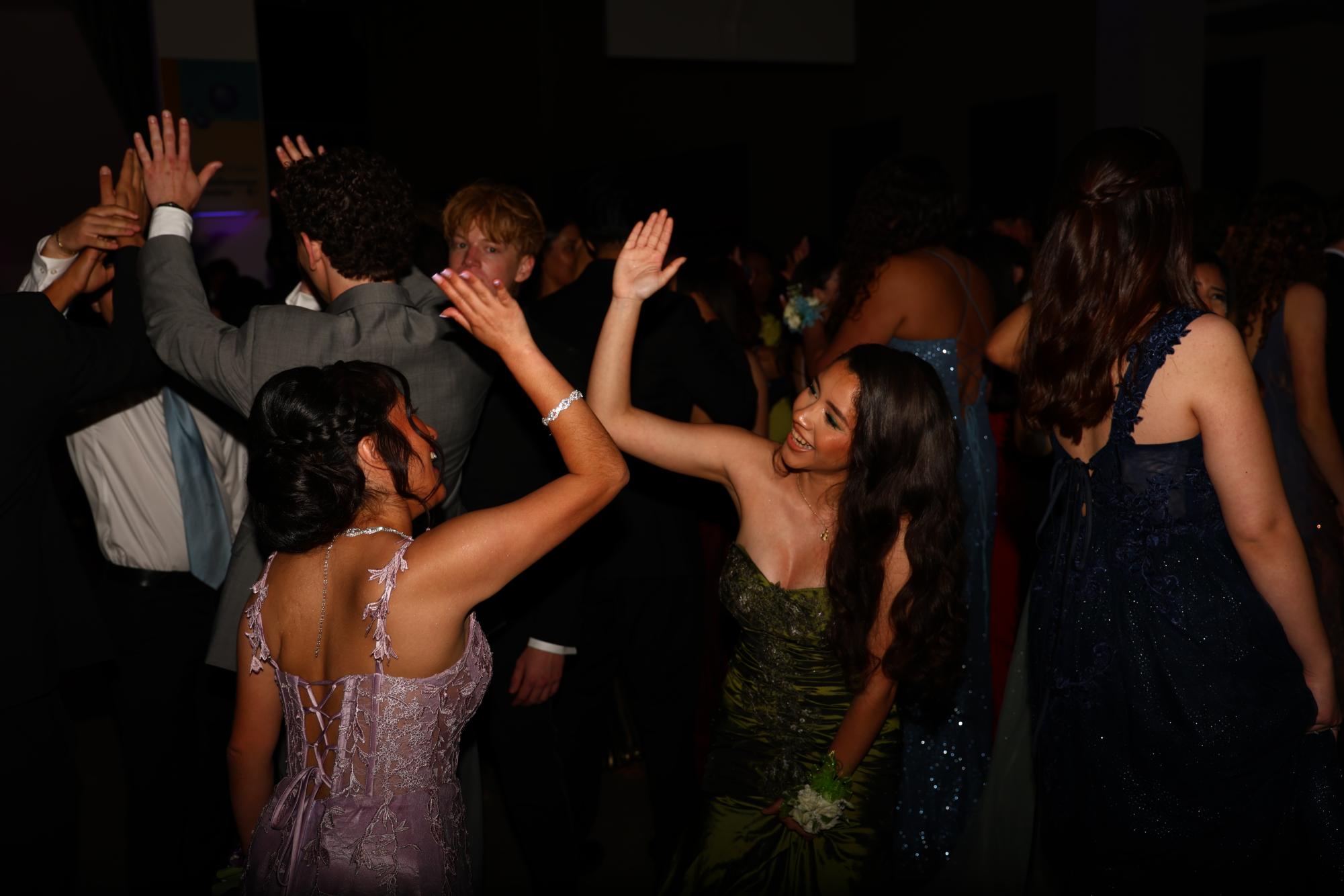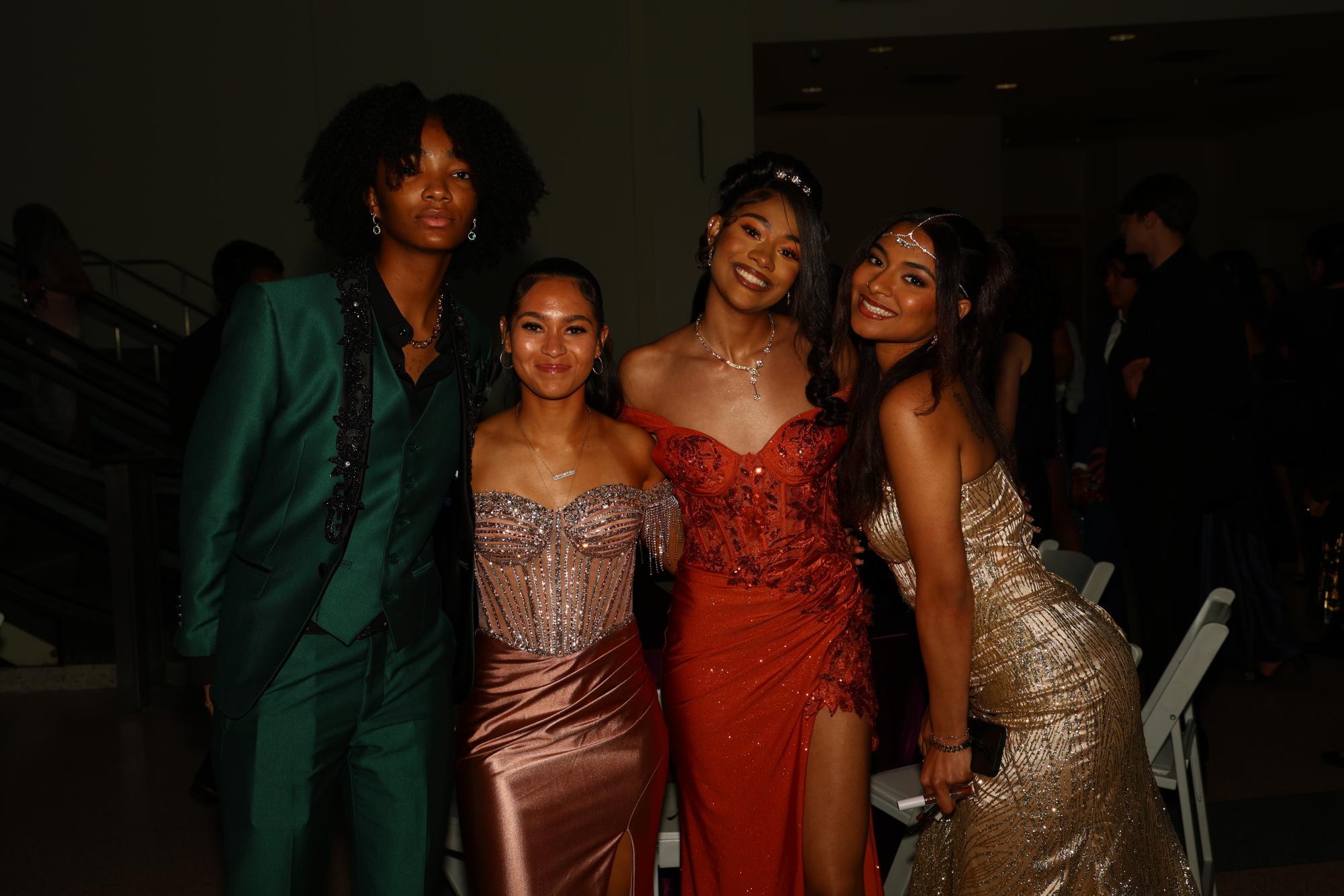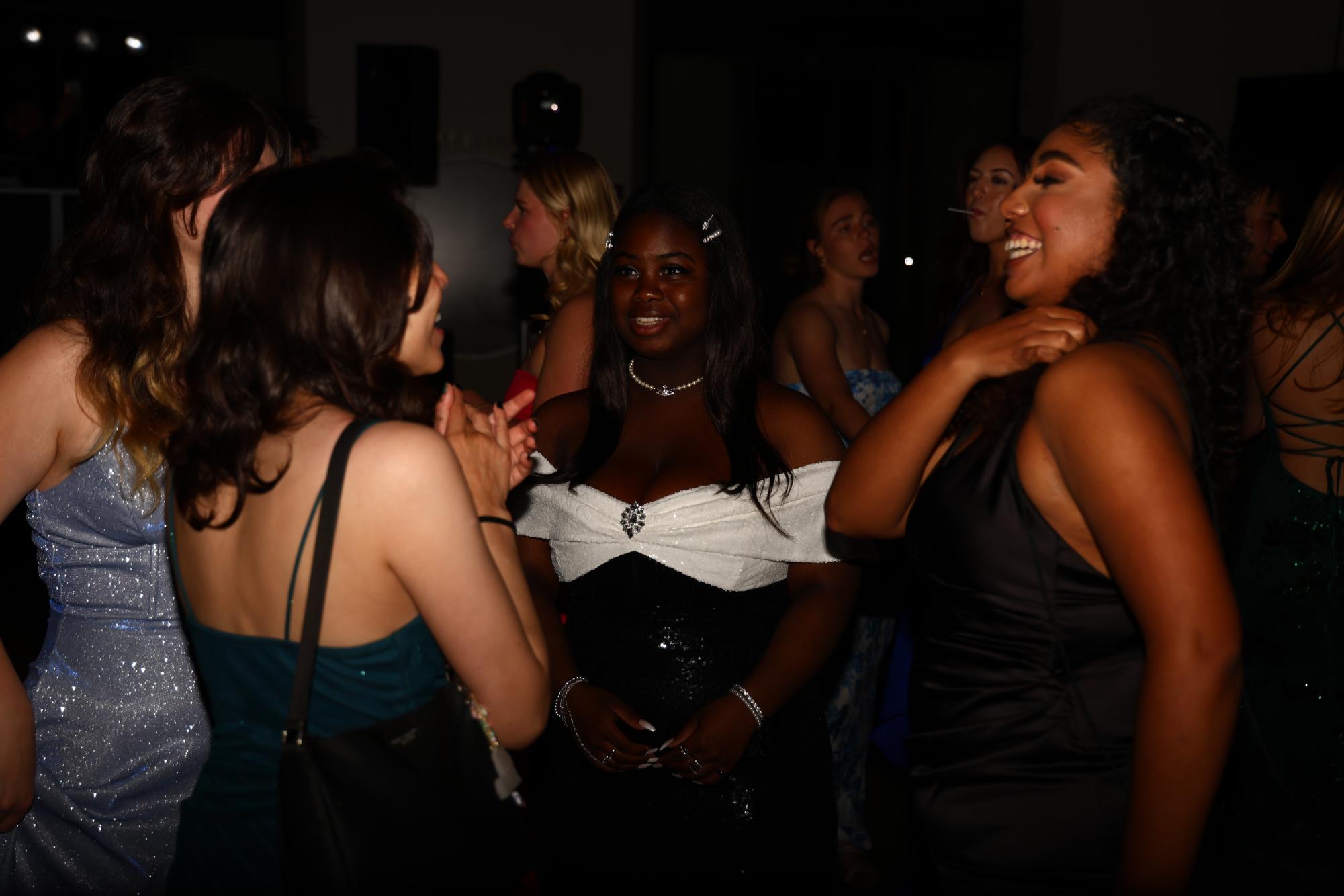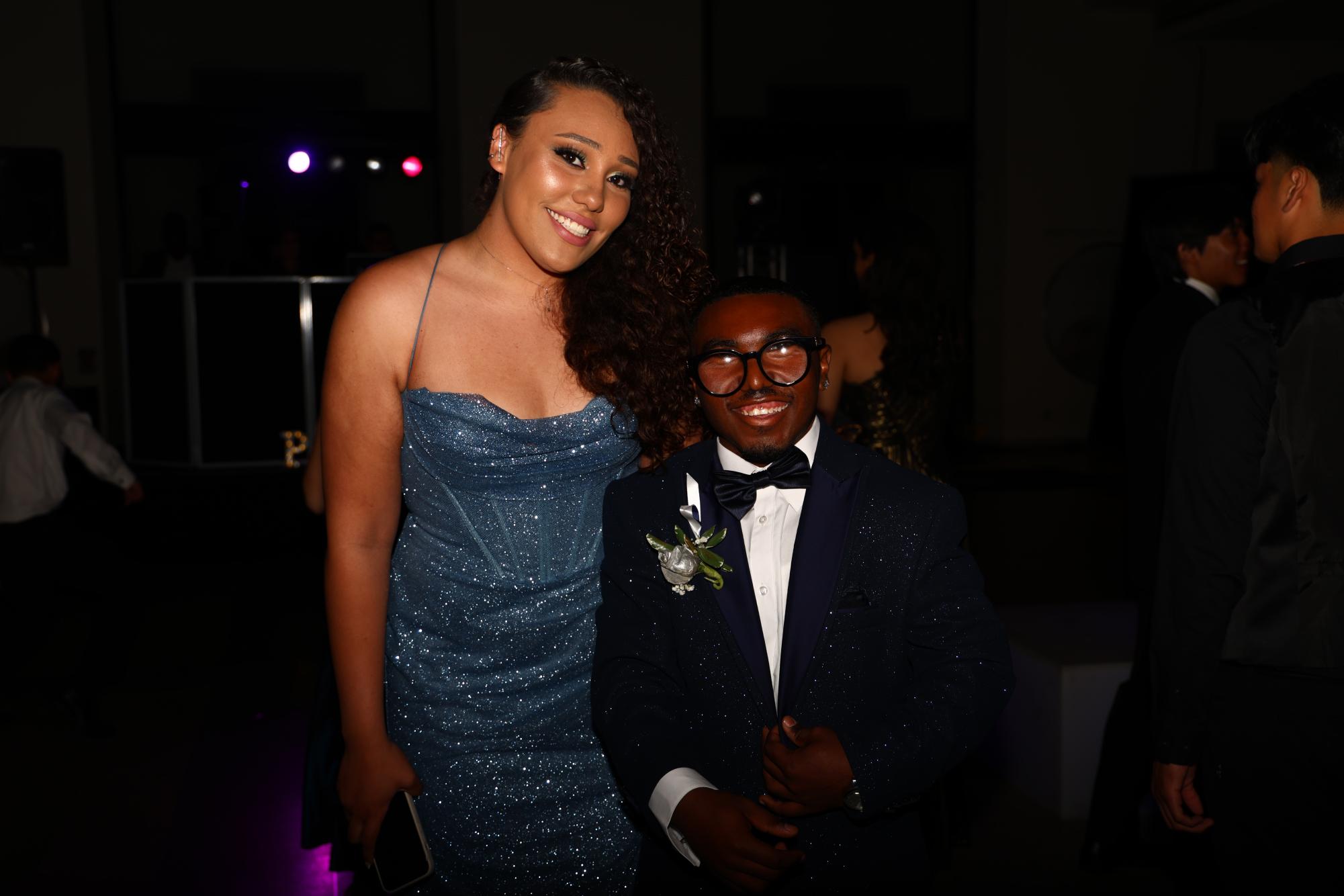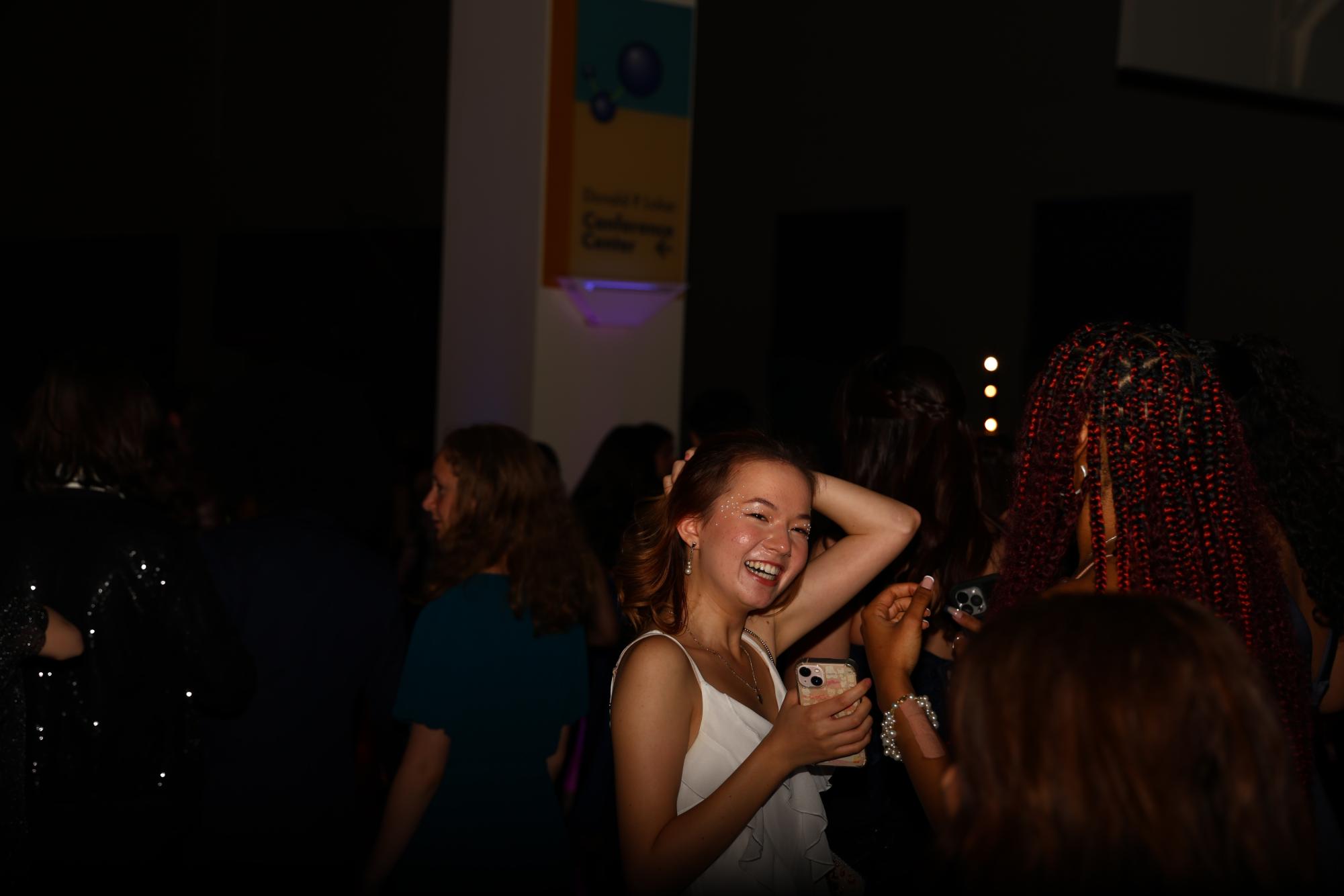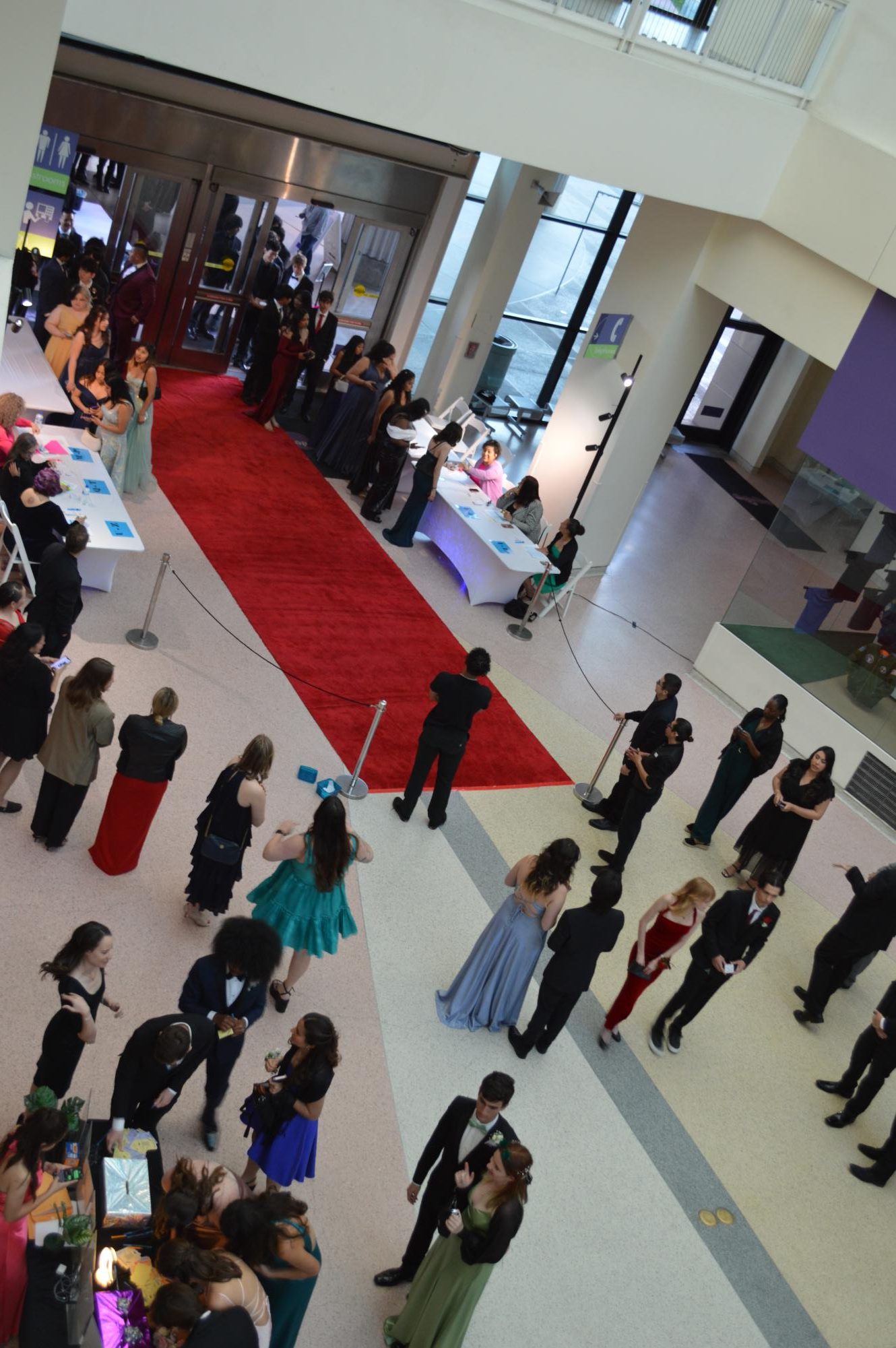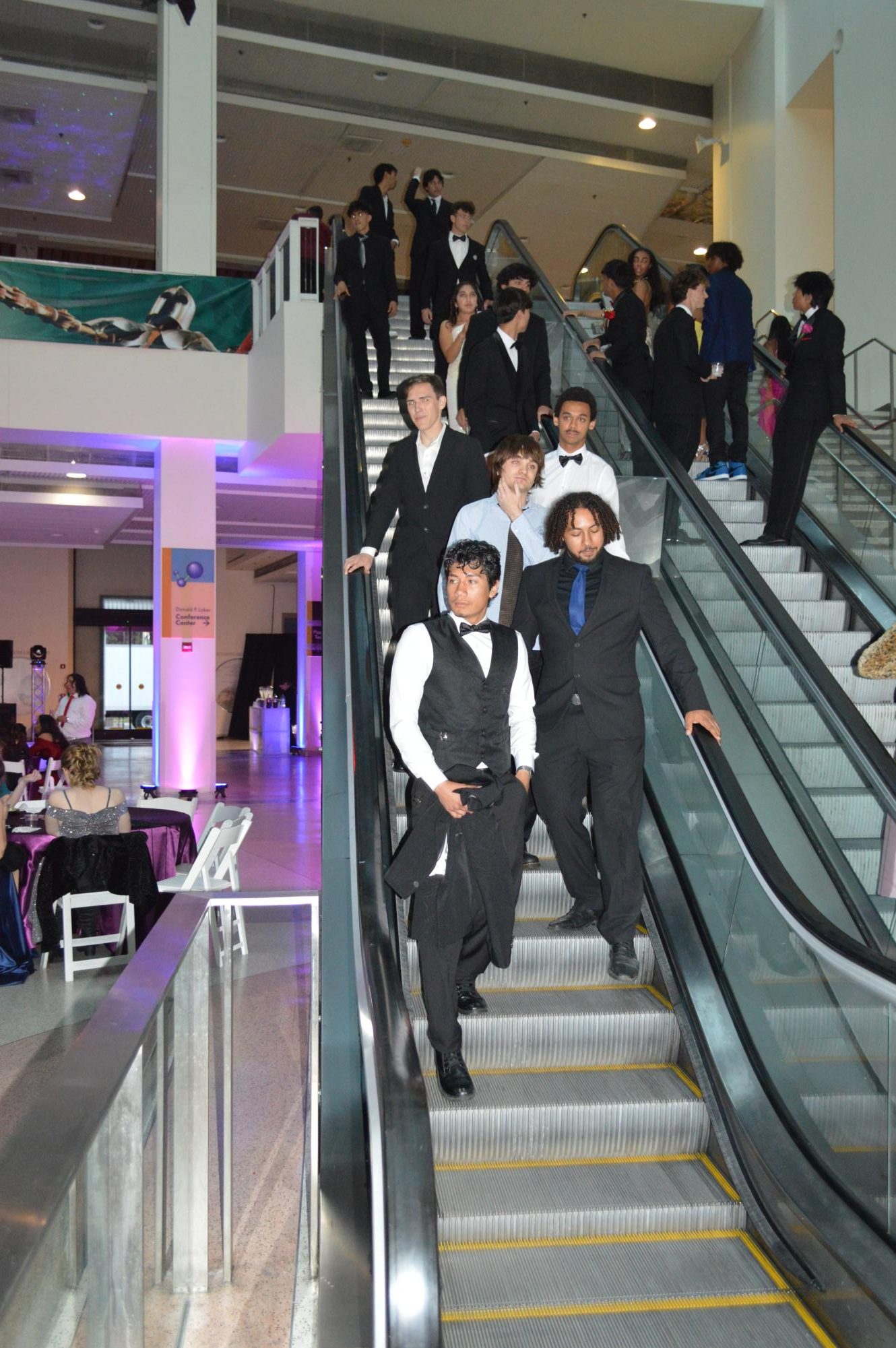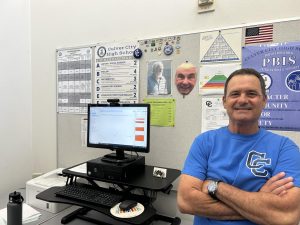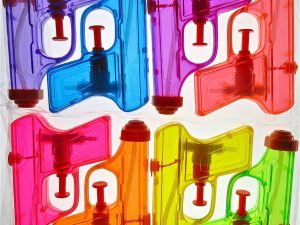MESA Club Designs Invention for Engineering Competition
February 3, 2021
The Math Engineering Science Achievement (MESA) Club, while usually found making 4-ft high towers out of paper and tape, ziplines from balloons, and boats out of tinfoil in preparation for the Annual MESA Day competitions hosted by USC and UCLA, can now be found on zoom. While the setting of the club is different, the creativity and engaging STEM activities remain. Evidently, the adjustments were well worth the effort.
“During club meetings we have been trying to imitate what we used to do during in-school meetings, so we’ve been coming up with weekly challenges that members can do from home, like learning origami, watching our How to Design presentations, making right-turn paper airplane gliders, and more. We’ve also been working to find engineering competitions since we aren’t sure if the MESA Day competitions will pan out and we still needed something to do during first semester since we didn’t have access to the competitions that we have normally done, like the JPL Invention Challenge,” Says Beneen Fune, the club’s Vice President.
The officers, comprised of Beneen Fune, Maggie Wang, Camran Rostamian, Paul Tran, and myself, worked to enter the majority of club members into a competition called the Source America Design Challenge “and so far for the past few meetings we have been creating intricate designs for the label maker device prompt,” adds Fune. She stresses the importance of participating in Clubs that emphasize one’s passion during the virtual-school period, especially if they involve STEM. Students are “able to show colleges commitment to something they love regardless of adversity.”
The Source America Design Challenge is a competition designed for high schoolers interested in design and engineering with an objective to 3D model and present a device to aid people with disabilities in the workforce that have limited mobility, enabling them to obtain better jobs. The device that MESA Club chose to re-develop is an auto-centering box labelling device that only requires limited single-arm movement to push boxes into the device, and single-ankle movement to press down a foot pedal that will activate the machine.
So far “I’ve really enjoyed it”, says member James Lukas, “I love designing and encountering new challenges because there are always restrictions that you have to figure out how to go around. It’s similar to real life. At first designing the label maker was very difficult because there are so many moving parts and restrictions — I’ve never built this type of thing before so it’s a new physics-concept challenge for all of us. We have to think up everything during the zoom meetings, drawing it all on paper, and then converting what’s in our minds onto CAD [Computer Aided Design software] to create proofs of concepts and then make an animation of the design to see how it will work.”
The design currently uses a set of gears and small motors to rotate a roll of sticker-labels and separate the sticker from the wax paper, rolling the wax paper up on an indirectly motor-powered roll to the left, and applying the sticker on the box surface to the right of the main sticker roll. The entire labeller, sitting on top of the box, then also needs to move across the top of it as the sticker is ejected. The device, with its only source of power being rotational and non-algorithm powered, features a gear and gear-toothed-surface system to create lateral movement automatically while maintaining its centered position and adjusting to different sized boxes. “The lack of materials is definitely a challenge to consider at home, but some of our members have 3D printers and motor parts and are able to print out the gear sets to create prototypes,” Lukas adds.
Aside from this new philanthropic invention challenge, the club has taken advantage of the new opportunities that virtual meetings provide. Maggie Wang mentions that the club has “been teaching members to use CAD and to 3D print which is a resource that we didn’t have before since we were in person and in a classroom without computers and other tech, but now members are able screenshare and broadcast their ideas and designs. It gives a new dimension into our design process and really engages everyone on a different level.”
While the new virtual norms may be considered by some as a downgrade, MESA Club has found ways to utilize this new technology and the opportunities it provides, pushing past the limits they are given and helping society in the process.
